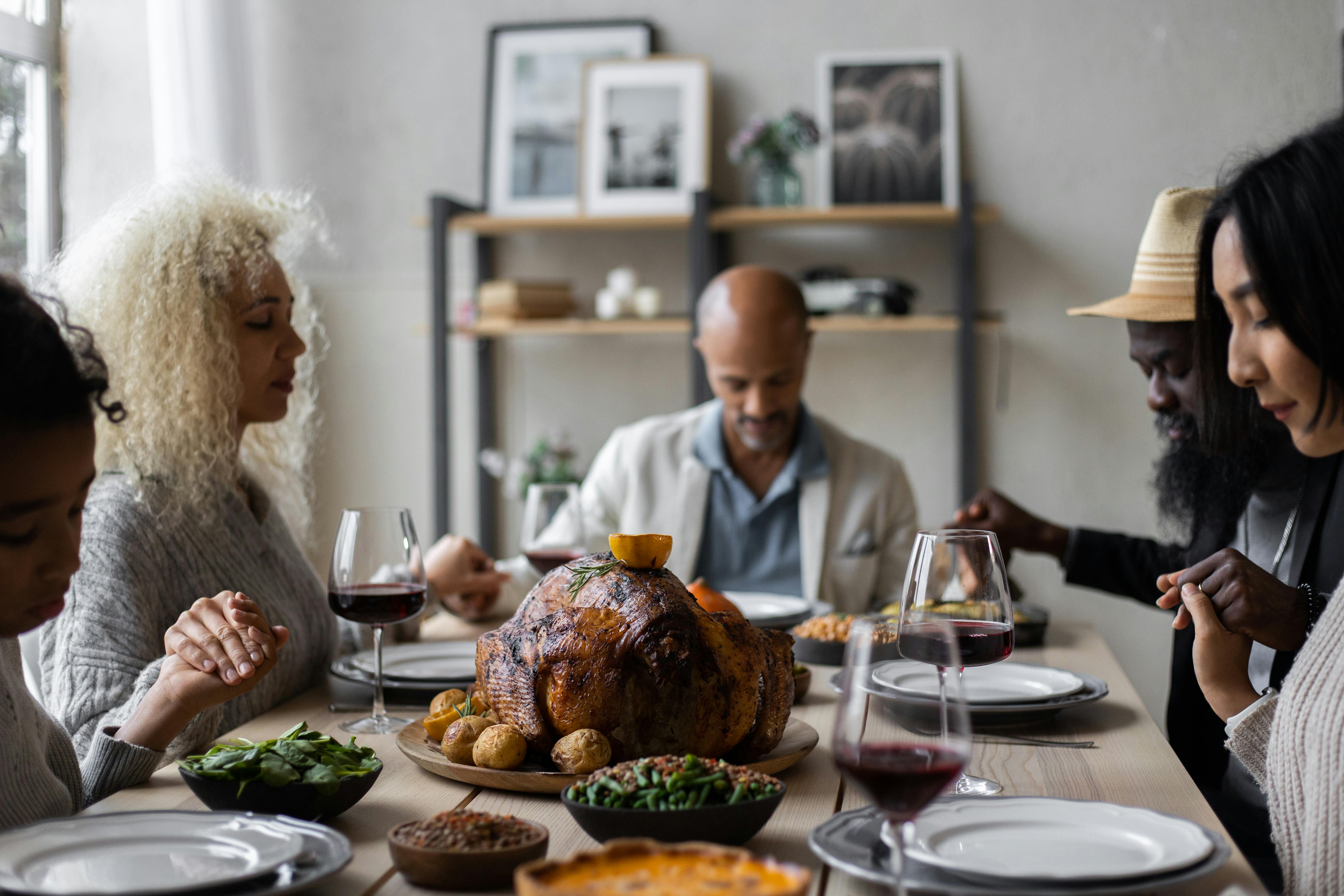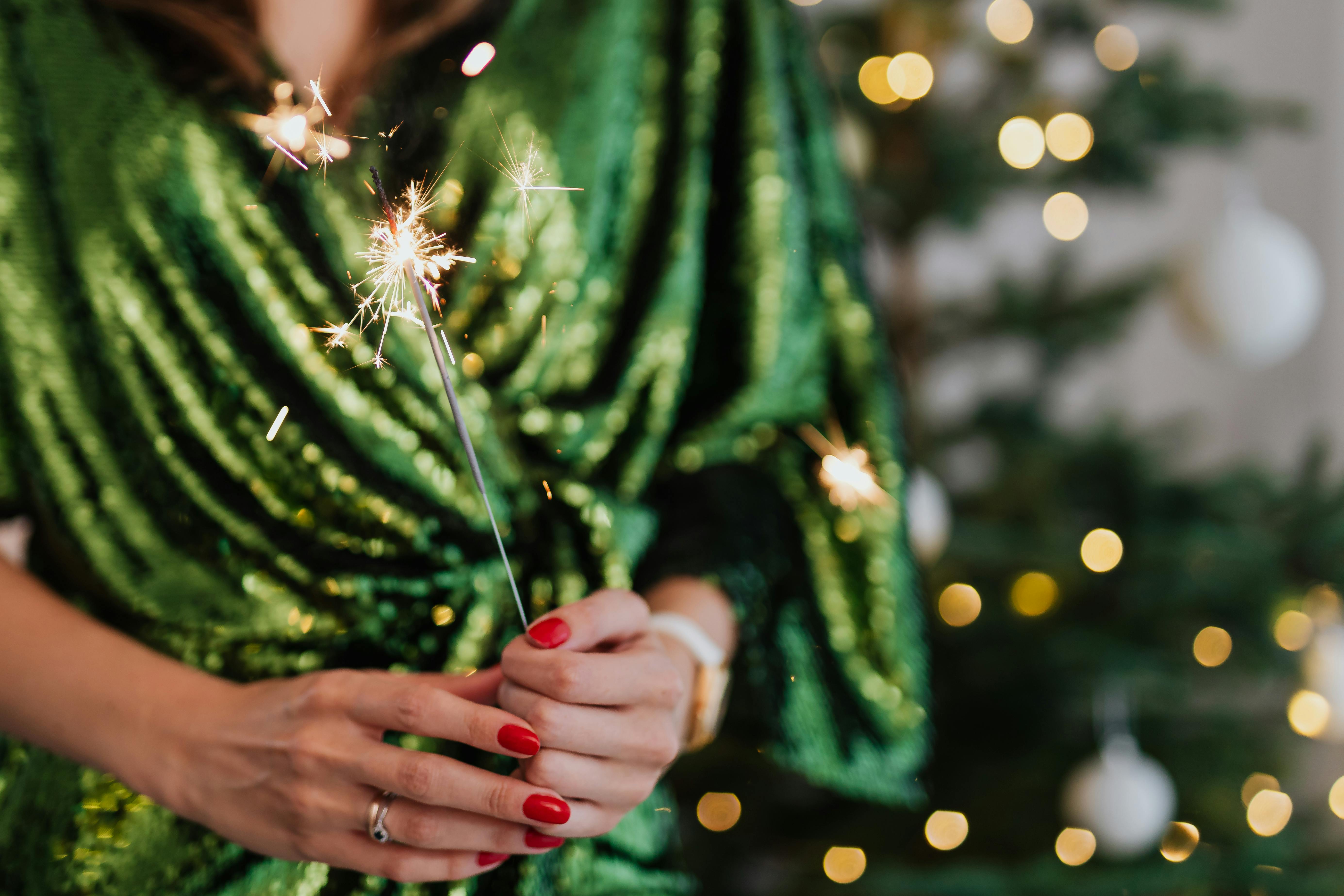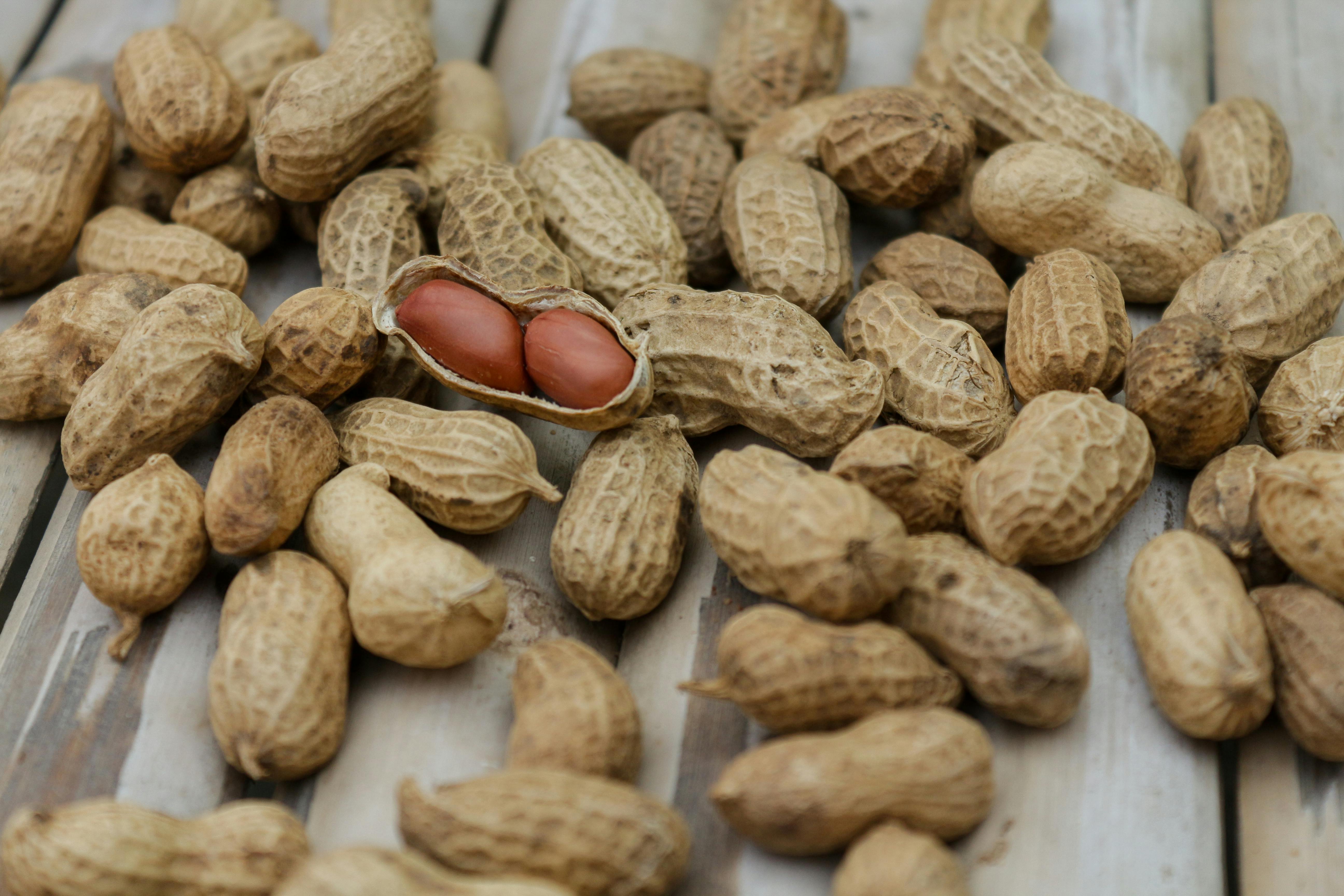How to Properly Make Blue Paint for Your Projects in 2025

Apply Now


Essential Guide to Creating Blue Paint for Your Projects
Creating blue paint can be an exciting journey into the world of color. Whether you're an artist looking to mix the perfect shade or simply someone interested in crafting, knowing how to make blue is essential. Blue is a versatile color that symbolizes tranquility, creativity, and inspiration. This guide will walk you through the different methods to achieve your desired shades of blue, both with natural and synthetic ingredients. In this article, we will explore various techniques on how to make blue dye, blue pigment recipes, and paint mixing tips. We’ll also delve into the color theory behind blue, helping you understand its properties and psychological impact. Here’s what you can expect to learn: basic color mixing fundamentals, creative blue color combinations, and easy recipes for homemade blue dye. Get ready to mix, blend, and create your own unique blue! Remember, the beauty of creating blue lies in experimentation; don’t hesitate to adjust the ratios and techniques according to your preference. With the right information and a little creativity, you can create vibrant blue hues that will add depth and emotion to your projects.How to Make Blue Dye: Natural and Synthetic Methods
When it comes to making blue dye, there are two primary approaches: natural and synthetic. Each has its unique properties and advantages.Natural Blue Dye Ingredients
Natural blue dyes are derived from plants and other organic materials. Common ingredients for making blue dye include: - **Indigo**: One of the oldest dye sources. Extracting dye from indigo plants can create vibrant shades. - **Red Cabbage**: This vegetable can produce a surprising range of colors, including blue under the right pH conditions. - **Blueberries**: These fruits give a softer, more muted blue, perfect for fabric dyeing. Utilizing these natural ingredients not only yields beautiful colors but also ensures that your projects are eco-friendly. To create a blue dye with these ingredients, follow a simple extraction process involving boiling and soaking.Synthetic Blue Dyes and Pigments
For those who prefer a consistent shade, synthetic blue dyes might be the way to go. Common synthetic blue dyes include: - **Brilliant Blue**: Often used in food coloring and can be easily mixed into paint. - **Phthalocyanine Blue**: This pigment is highly concentrated, producing striking blue shades in art and design. Using synthetic dyes allows for more predictable results, making them perfect for artists who need specific color matches. However, always consider the potential chemical sensitivities when using synthetic options.Creating Homemade Blue Dye Recipes
Crafting your own blue dye at home can be both cost-effective and pleasurable. Here’s a straightforward recipe to get you started with indigo: 1. **Ingredients**: Fresh or dried indigo leaves. 2. **Preparation**: Soak the leaves in water for several hours to allow the color to infuse. 3. **Application**: Strain the leaves, use the liquid dye on fabric, and adjust the saturation by increasing or decreasing soaking time. By following these steps, you can create vibrant blue dye that can be used in fabric or crafts, bringing a touch of natural beauty to your projects.Blue Paint Mixing Guide: Techniques and Tips
Mixing blue paints involves understanding how to blend colors effectively. The color wheel plays a crucial role in achieving the desired results.Understanding Color Wheel and Blue
The color wheel is essential for anyone learning how to mix colors. Blue is a primary color, which means it cannot be created by mixing others. However, it can be combined with various hues to create rich and vibrant tones. When mixing blue with other primary colors like yellow, you can create green shades. Mixing blue with red results in purples. The relationships between colors are crucial for artists wanting to explore various spectrums and tones.Methods to Make Blue: Blending Techniques
There are several techniques to effectively blend blue with other colors: - **Layering**: Apply blue in layers with other colors to achieve depth. - **Wet-on-Wet**: Mix blue paint with wet surfaces, allowing the colors to flow into each other naturally. - **Dry Brushing**: Lightly brush blue over dried layers of paint to create textures. Experimenting with these techniques can yield inspiring results while crafting a unique blue palette.Tips for Using Blue in Your Art Projects
When working with blue, consider the following tips: - Use complementary colors to enhance blue’s brightness and saturation. - Incorporate varying shades of blue to add dimension. - Remember the psychological effects of blue; it can evoke calmness and stability in your work. These simple tips can enhance your artistic capabilities with blue paint and help you to create works that resonate with emotion and depth.Creating Azure Colors and Shades of Blue
Azure is a specific shade of blue that can be achieved through careful mixing. Understanding how to create azure and other blue shades expands your creative possibilities.Mixing Colors to Achieve Azure
To make an azure color, combine equal parts of blue and white. This results in a bright, sky-like blue. To deepen or mute the azure, consider mixing with a hint of gray or yellow. Experiment with ratios to discover the perfect azure hue for your work.Making Different Shades of Blue
Shades of blue can be generated through the addition of black or brown, resulting in deeper, richer tones. Conversely, mixing it with white will yield tints of blue, creating lighter variations ideal for ethereal looks. Use the following equation to find various shades: - **Light Blue**: Blue + White - **Navy Blue**: Blue + Black - **Sky Blue**: Blue + White + a touch of grayBlue Color Saturation and Properties
Understanding blue's properties, including its saturation and brightness, is essential in art. Highly saturated blues create strong impact and draw focus, while lower saturation shades can serve more subtle roles within a color palette. Consider experimenting with both extremes to find balance in your artwork.Modern Uses of Blue in Art and Design
Blue’s versatility extends beyond the canvas; it has remarkable applications in various creative fields.Blue in Digital Art
In digital art, blue can be combined with varying transparency levels. This allows for depth and intensifies the emotional effect on the viewer. Tools like digital color pickers can help ensure that your blue matches the desired hue in designs.Using Blue in Interior Design
Blue is a popular choice in interior design because of its calming properties. Shades of blue can make spaces feel airy and bright while also promoting relaxation. When designing, think about how blue integrates with other colors to create the desired atmosphere.Culinary Uses of Blue Ingredients
Culinary creations using blue ingredients are gaining traction. Blueberries, blue corn, and blue butterfly pea flower can add exciting new elements to dishes. These natural blue ingredients can be blended with other foods to create visually stunning and appetizing results.Q&A: Common Questions About Making Blue
What are the best techniques to mix acrylic blue paint?
To mix acrylic blue paint effectively, always start with small amounts of the primary blue. Gradually introduce other colors, and mix thoroughly to maintain consistency. Adding an acrylic medium can also help in achieving a smooth blend.What safety measures should I take when using synthetic blue dyes?
Ensure proper ventilation when using synthetic dyes, as fumes can be strong. Always wear gloves to protect your skin, and consider using masks when necessary to avoid inhaling fine pigments.How do I store homemade blue dye for future use?
Store homemade blue dye in airtight containers, away from direct sunlight. Properly labeled jars help in identifying dyes when stored for longer periods, ensuring freshness.Can I mix natural and synthetic dyes for richer colors?
Yes, blending natural and synthetic dyes can produce beautiful and unique colors. Experiment with different ratios to find the right mix that works for your projects.What is the significance of blue in color psychology?
Blue often conveys feelings of calmness, trust, and tranquility. In design and art, using blue can help create spaces and visuals that instill peace or focus, making it a valuable color in various contexts.
